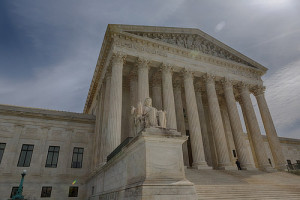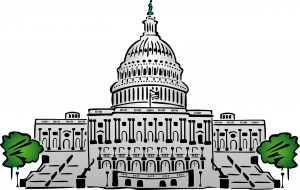Authors: Luis Blanquez and Jon Cieslak
Deferred prosecution agreements (“DPAs”) in the antitrust world have been a hot topic on this side of the Atlantic during the past two years. DPAs seem to be slowly becoming an efficient instrument for the Department of Justice to tackle antitrust conspiracies, and we expect this trend to continue.
What is a DPA?
A DPA is a legal agreement between a prosecutor and a defendant where the former eventually drops any charges against the latter, if the terms of such agreement are met. In other words, a DPA is a contract to resolve a criminal enforcement action without the prosecution of charges.
If the defendant––either a company or an individual––complies with all the terms of the DPA during a period of time (usually two to three years), despite being initially charged, the prosecutor will dismiss the charges and the defendant will avoid a conviction. DPA terms commonly require a defendant to pay a fine, implement certain remedial measures to alleviate the wrongdoing, or take steps to ensure future compliance.
While DPAs are almost universally considered a positive outcome for the defendant, they do carry some risk. By agreeing to a DPA, a defendant admits to wrongdoing and waives any right to challenge a set of agreed facts that are sufficient to sustain a conviction. Accordingly, if a defendant fails to comply with the terms of a DPA, it will face prosecution and almost certain conviction.
The Role of DPAs in the DOJ Criminal and Antitrust Recent Guidelines
Until recently, if an antitrust defendant did not win the race for leniency, the DOJ Antitrust Division’s approach was to insist that the company plead guilty to a criminal charge with the opportunity to be an early-in cooperator, and potentially receive a substantial penalty reduction for timely, significant, and useful cooperation. This all-or-nothing philosophy highlighted the value of winning the race for leniency.
But all that changed in July 2019, when the Antitrust Division announced a new policy to incentivize antitrust compliance. These new guidelines were presented by AAG Makan Delrahim on July 11, 2019, at the Program on Corporate Compliance and Enforcement at the New York University School of Law: Wind of Change: A New Model for Incentivizing Antitrust Compliance Programs.
Delrahim explained that, unlike in the past, corporate antitrust compliance programs will now factor into prosecutors’ charging and sentencing decisions, allowing companies to qualify for DPAs or otherwise mitigate exposure, even when they are not the first to self-report criminal conduct.
In particular, Delrahim highlighted three important points.
- First, that the adequacy and effectiveness of a compliance program is but one of the ten factors the Justice Manual directs prosecutors to consider when weighing charges against a corporation. Among the “Factors to Be Considered”, four in particular stand out as hallmarks of good corporate citizenship: (1) implement robust and effective compliance programs, and when wrongdoing occurs, they (2) promptly self-report, (3) cooperate in the Division’s investigation, and (4) take remedial action.
- Second, that the DOJ’s new approach would allow prosecutors to proceed by way of a DPA when “the relevant Factors, including the adequacy and effectiveness of the corporation’s compliance program, weigh in favor of doing so.” DPAs, as the Justice Manual recognizes, “occupy an important middle ground between declining prosecution and obtaining the conviction of a corporation.”
- Third, that the mere existence of a compliance program does not necessarily guarantee a DPA. Instead, “Department prosecutors are directed to conduct a fact-specific inquiry into “whether the program [at issue] is adequately designed for maximum effectiveness in preventing and detecting wrongdoing by employees. In making a charging recommendation, Antitrust Division prosecutors will evaluate the compliance program’s effectiveness or lack thereof, and holistically, consider it together with all the other relevant Factors.”
This marked a substantial policy shift for the Antitrust Division, which previously never considered DPAs as an option to resolve antitrust conspiracy cases. Under the DOJ’s existing leniency program, the antitrust Division was allowing full immunity exclusively to leniency applicants.
That’s not the case anymore––but make no mistake––only so long as the offending party has, as explained above, a truly robust and effective compliance program in place. And for that purpose, the recent Revised Guidance from the Criminal Division issued in June 2020 on the Evaluation of Corporate Compliance Programs is the last piece of this puzzle. The new Guidance provides additional information to assist prosecutors––both in antitrust and other investigations––in making informed decisions as to whether, and to what extent, a corporation’s compliance program was effective at the time of the offense. You can read more about it on our previous post:
A Detailed Look at the First Eight DPAs Under the New Policy Incentivizing Compliance
As a result of the new DOJ’s guidance on antitrust compliance programs and criminal investigations, we are starting to see an increased use of DPAs by the Antitrust Division. Let’s have a close look at the ones made public so far.
 The Antitrust Attorney Blog
The Antitrust Attorney Blog












